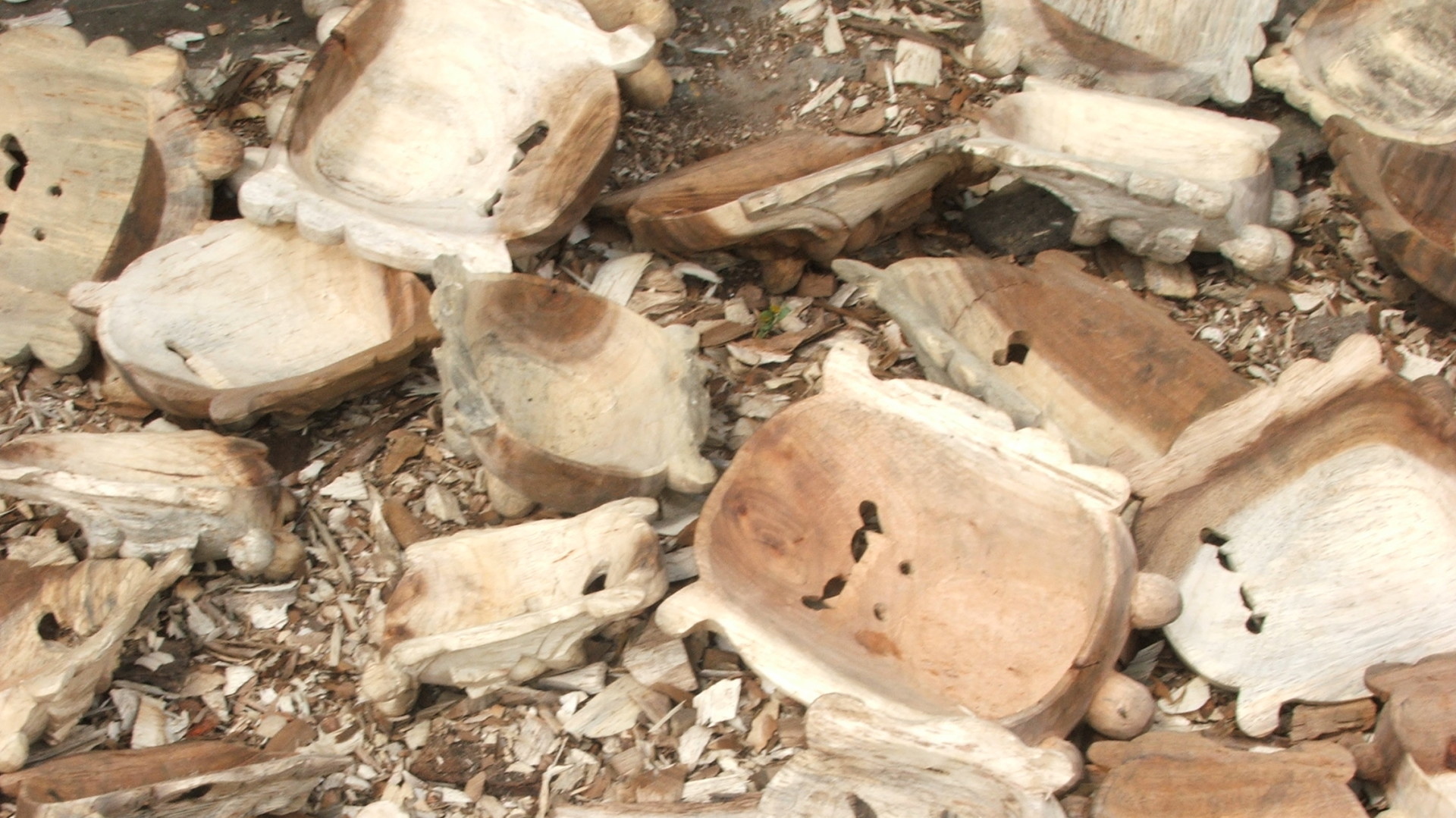Jhijhiya is a folk dance performed by women and girls of the Maithil communities of India and Nepal. It is ritually performed before Dashain festival taking place during the month of Ashwin (September-October, depending on the lunar calendar). As a “folk dance”, it´s is performed at any time of the year and has become an important icon of Mathil identity. During Dashain, the dance is performed for 8-12 consecutive nights, depending on the duration of the puja determined once again by the lunar calendar. The dance has the double function of honouring Goddess Durga and protecting the communities from witches and black magic influences. Women dance to a specific rhythm and song carrying clay pots with holes on their heads. Inside the pots there are lit lamps and it is belived, at least by some, that if an evil spirit manages to count the holes in the pot, the dancer would die. Hence, dancers either shake their hands while dancing or find ingenious ways of making the pot whirl, like the example in the video. Yet, there are many different explanations of the function of te dance and how is is or should be performed. More in a longer write-up.
